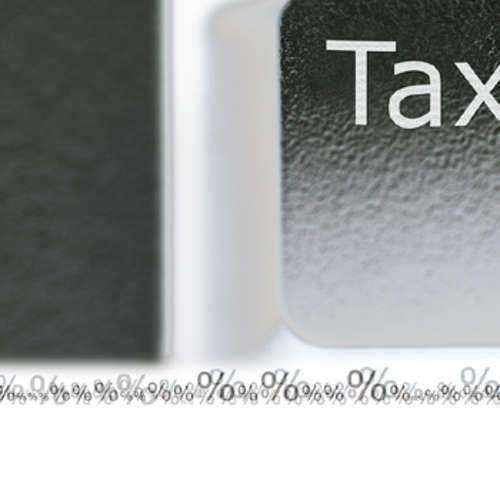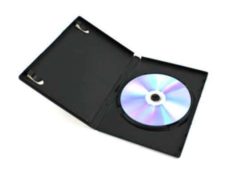
Save Time and Paper With Income Tax E-Filing
The income tax return is an annual obligation for taxpayers to report their income and taxes paid to the government. Traditionally, the process of filing income tax returns involved a lot of paperwork, but with the advent of e-filing, the process has become faster, more convenient, and environmentally friendly. In this article, we will look at the benefits of e-filing income tax returns.
What is E-Filing?
E-filing, or electronic filing, is the process of submitting income tax returns online. It involves filling out the tax form electronically and submitting it to the Income Tax Department through the internet. E-filing has become the most popular way to file tax returns in India due to its convenience and speed.
Benefits of E-Filing Income Tax Return
1. Time-saving: E-filing saves a lot of time for taxpayers. The process is much faster than traditional paper filing, as taxpayers don’t have to spend time standing in queues at the tax office or waiting for their returns to reach the department through post.
2. Convenience: E-filing can be done from the comfort of home or office, at any time of the day. It allows the taxpayers to file their returns at their own pace without rushing through the process.
3. Accuracy: E-filing ensures accurate and error-free filing of returns. The software used for e-filing automatically calculates tax liabilities, making it less prone to errors.
4. Paperless: E-filing is an environmentally friendly way of filing tax returns as it eliminates the need for paper-based filing. With e-filing, all the documents are stored digitally, reducing the burden on the environment.
5. Quick Processing: The Income Tax Department processes e-filed returns faster than manual or paper-based filing. It has a dedicated e-filing portal that ensures quick processing and minimal paperwork.
6. Secure: E-filing ensures that the tax return is safe and secure. The Income Tax Department provides multiple layers of security to ensure that sensitive data is protected and secure.
How to E-File Income Tax Return
E-filing income tax returns is a relatively simple process. Taxpayers need to follow these steps:
1. Visit the Income Tax Department’s e-filing portal.
2. Register on the portal using your Permanent Account Number (PAN).
3. Select the appropriate tax form and enter all the details.
4. Generate the XML file and upload it on the portal.
5. Verify the return using Electronic Verification Code (EVC) or Digital Signature Certificate (DSC).
6. Get acknowledgement of the return once it is processed by the Income Tax Department.
Conclusion
E-filing income tax returns is a hassle-free and easy process that saves time and paper. With e-filing, taxpayers can easily file their returns from the comfort of their home or office, without having to visit a tax office. E-filing is also a much more environmentally friendly and secure way of filing tax returns. Taxpayers are encouraged to file their income tax returns using the e-filing method to avail the benefits and convenience that it offers.
What is Income Tax E-filing?
E-filing is a relatively new system instituted by the Internal Revenue Service, which allows an individual taxpayer to submit tax documents to the United States Federal Government through the Internet or a direct connection. E-filing allows a taxpayer to submit their tax returns and tax forms without the need to mail or submit any paper documents.
E-filing is accomplished through tax preparation software offered by the Internal Revenue Service. Tax preparation software with e-filing capabilities are made available and offered as stand-alone programs or through private websites who offer programs distributed by major software vendors for commercial use.
Of the 143.4 million U.S. returns filed in the fiscal year of 2008, nearly 60 percent were filed electronically. In 2010, a sum of 129.3 million U.S. was filed and of that number, nearly 94 million were filed electronically. Through these statistics, one can evaluate that e-filing has become the dominant form of filing taxes; nearly 73% of all returns were filed electronically in 2010.
E-filing is the preferred filing method for individual tax returns because it is a streamlined method; E-filing offers an individual taxpayer faster refunds, greater accuracy, a secure and confidential platform, the elimination of tangible paper, and quicker confirmation.
The Internal Revenue Service offers an individual to e-file their Federal and State tax returns. Federal/State e-file enables the electronic filing of both Federal and state income tax returns simultaneously. The elecontric filing software offered by the IRS places a taxpayer’s Federal and state return in separate data packets. These packets are transmitted to the Internal Revenue Service in one taxpayer “envelope.” The IRS then functions as an electronic post office for the participant state, which will receive and subsequently process the electronic return.
Currently 37 states and Washington D.C. participate in Federal/State e-filing. Currently Alaska, California, Florida, Maine, Massachusetts, Minnesota, Nevada, New Hampshire, South Dakota, Tennessee, Texas, Washington, and Wyoming do not offer e-filing privileges for their citizens to electronically file their state tax returns.
When participating in E-filing, the individual taxpayer must acquire and provide Forms W-2, W-2G, and 1099-R to formally authorize the Internal Revenue Service’s e-file provider.
The income tax e-filing has been undertaken by the majority of individual taxpayers because of the expedited process that the system offers. Typically when an individual files their taxes they are disheveled by the amount of forms needed. Additionally, the process with tangible papers is time-consuming; as a result, the majority of taxpayers opt to file their taxes electronically (a free-of-charge service) to better organize and streamline their tax returns.


























